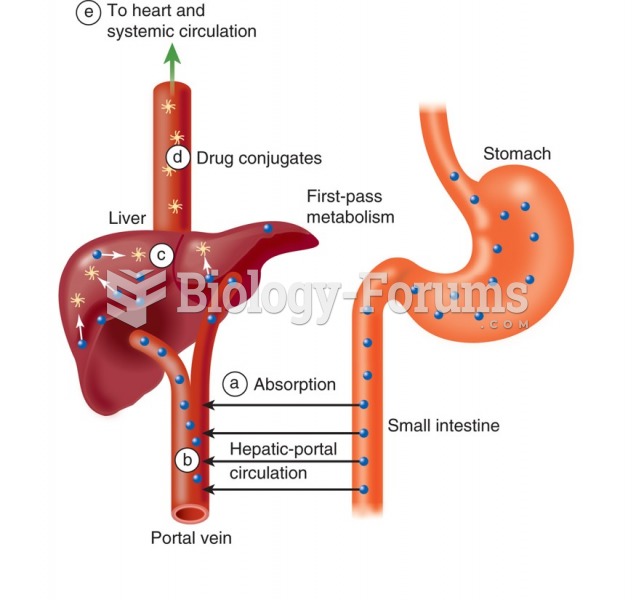|
|
|
Eat fiber! A diet high in fiber can help lower cholesterol levels by as much as 10%.
Adolescents often feel clumsy during puberty because during this time of development, their hands and feet grow faster than their arms and legs do. The body is therefore out of proportion. One out of five adolescents actually experiences growing pains during this period.
Signs of depression include feeling sad most of the time for 2 weeks or longer; loss of interest in things normally enjoyed; lack of energy; sleep and appetite disturbances; weight changes; feelings of hopelessness, helplessness, or worthlessness; an inability to make decisions; and thoughts of death and suicide.
The horizontal fraction bar was introduced by the Arabs.
Urine turns bright yellow if larger than normal amounts of certain substances are consumed; one of these substances is asparagus.







